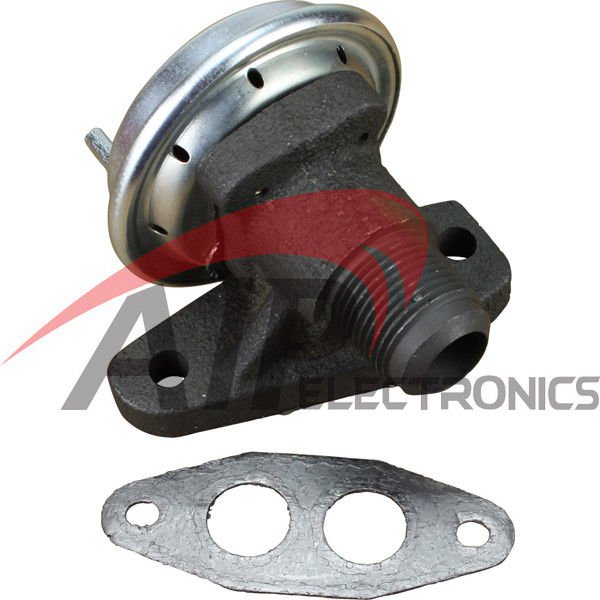EGR Valve Explained: How It Affects Your Engine's Performance
The EGR exhaust gas return valve plays a crucial role in modern internal combustion engines, helping to reduce harmful emissions while maintaining optimal performance. Understanding how this component works and its impact on your engine can help you make informed decisions about maintenance and repairs. Many car owners may overlook this valve, but its function is vital for both environmental reasons and engine efficiency.
By recirculating a portion of the exhaust gases back into the intake system, the EGR valve helps to lower combustion temperatures and reduce nitrogen oxide emissions. This not only contributes to cleaner air but also promotes better fuel efficiency. However, if the EGR valve malfunctions, it can lead to various engine performance issues, such as rough idling, increased emissions, and reduced fuel economy. In this article, we will explore how the EGR exhaust gas return valve operates, its importance, and the effects of a faulty valve on your vehicle's overall performance.
What is an EGR Valve?

An EGR valve, or exhaust gas return valve, is a crucial component in modern vehicle engines designed to reduce nitrogen oxide emissions. It works by recirculating a portion of the engine's exhaust gases back into the intake manifold. This process helps lower the temperatures in the combustion chamber and limits the formation of harmful NOx gases, which contribute to air pollution and smog.
The EGR valve operates under specific conditions, such as during cruising or when the engine is under light load. When the engine is running efficiently, the valve opens to allow exhaust gases to mix with the incoming air-fuel mixture. This mixture slows down the combustion process and reduces peak combustion temperatures, resulting in cleaner emissions and enhanced environmental performance of the vehicle.
A properly functioning EGR valve is essential for maintaining optimal engine performance and efficiency. When the EGR system is compromised, it can lead to increased emissions, reduced fuel efficiency, and even engine knocking. Therefore, regular maintenance and inspection of the EGR valve are important to ensure that the vehicle meets emission standards and operates smoothly.
How the EGR Valve Works
The EGR valve operates by recirculating a portion of the exhaust gases back into the engine's intake manifold. This process occurs once the engine reaches a certain temperature and RPM, activating the valve. By allowing egr exhaust gas return valve to re-enter the combustion chamber, the EGR valve helps reduce the amount of nitrogen oxides produced during combustion, which are harmful pollutants.
When the EGR valve opens, it reduces the overall oxygen concentration in the intake manifold. This dilution lowers the combustion temperatures and minimizes the formation of nitrogen oxides. The valve can be controlled either by a vacuum actuator or an electronic control unit, depending on the vehicle's design. Proper function of the EGR system is crucial for emissions control and engine efficiency.
If the EGR valve fails or becomes clogged, it can lead to several engine performance issues. Symptoms may include rough idling, decreased fuel economy, and increased emissions. Regular maintenance is important to ensure the EGR system operates effectively, contributing to both cleaner air and optimal engine performance.
Impact on Engine Performance
The EGR exhaust gas return valve plays a crucial role in regulating engine performance by reintroducing a portion of the exhaust gases back into the combustion chamber. This process helps to lower combustion temperatures, which can significantly reduce nitrogen oxide emissions. By controlling these emissions, the EGR system not only helps meet environmental regulations but also promotes more efficient fuel use, thereby improving overall engine efficiency.
Moreover, the EGR valve can influence engine power and responsiveness. While it contributes to lower emissions, a malfunctioning EGR valve can lead to performance issues such as reduced power, hesitation during acceleration, and poor throttle response. This occurs because when the valve fails to operate correctly, it can either restrict the flow of exhaust gases too much or allow excessive exhaust back into the intake, both resulting in suboptimal combustion conditions.
Lastly, maintaining the EGR valve is essential for ensuring long-term engine health. A clogged or faulty EGR can lead to carbon buildup in the intake manifold, affecting air-fuel mixture and combustion efficiency. Regular maintenance and timely repairs of the EGR valve help keep the engine running smoothly, enhance performance, and prevent additional problems that can arise from neglected emissions control systems.